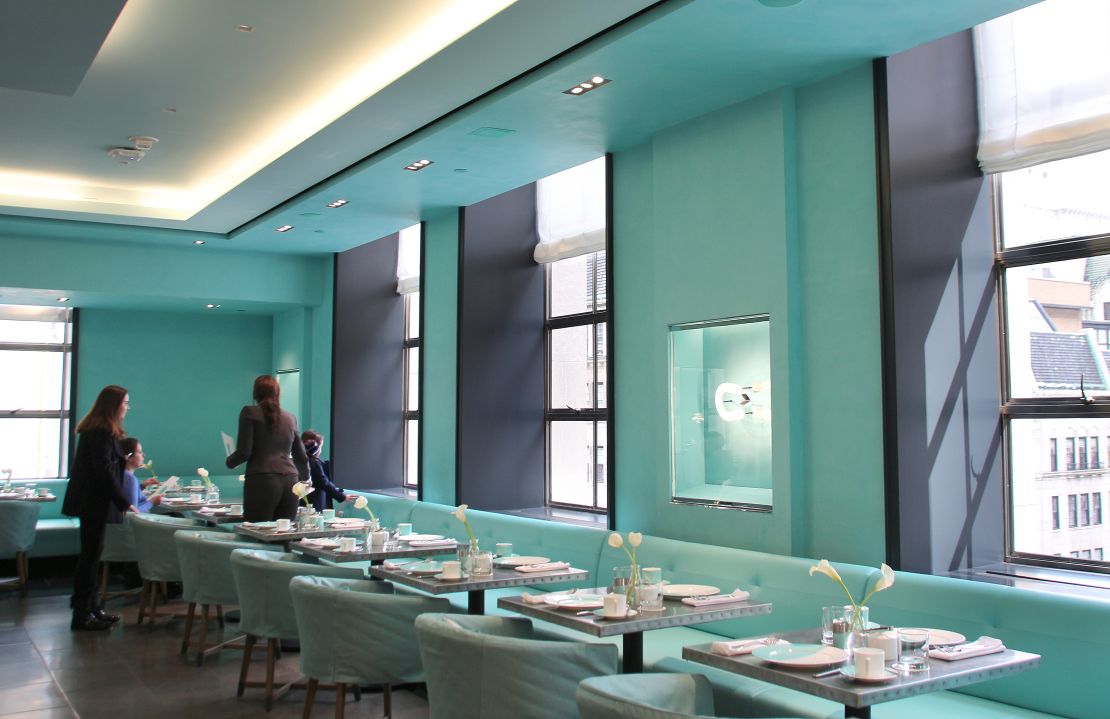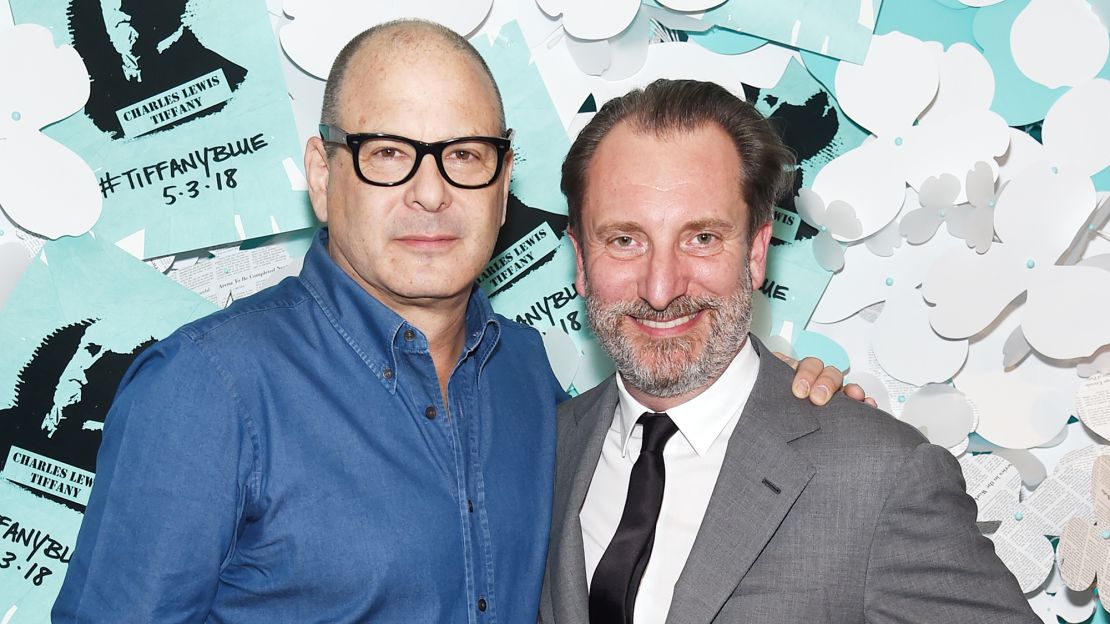Risk Takers 2019: Sometimes a risk works. Sometimes it fails. Sometimes it takes years before you know. See who else made the list.
Tiffany doesn’t want to just be for your grandmother. Under the leadership of CEO Alessandro Bogliolo and the company’s first-ever chief artistic officer, Reed Krakoff, the luxury brand is making major changes — quickly.
The two are operating with a “sense of urgency,” said Oliver Chen, an analyst who covers retail and luxury goods for Cowen. “The priority is speed.”

Tiffany’s leaders have to grow the 182-year-old brand without straying from its heritage. They also need to lure young new customers without upsetting loyal shoppers. One way to do that is to double down on its Fifth Avenue location, even as other luxury retailers are fleeing the expensive Manhattan zip code.
This year, Tiffany’s flagship location got a major upgrade, including a newly renovated fourth floor and the highly Instagrammable Blue Box Cafe. Krakoff called the changes “a window into the new Tiffany,” in a statement revealing the renovation.
Over the summer, the company announced more changes to the store: a complete renovation of the 10-story building. Construction is set to begin in the spring and is expected to be done by the end of 2021.

Retailers need to invest in their stores to give customers a reason to walk in, rather than shop online. But it’s a risky time to invest in brick-and-mortar locations.
While Tiffany pours resources into its flagship store, other retailers are fleeing the expensive neighborhood. Lord & Taylor sold its Fifth Avenue location, about a mile south of Tiffany, in order to focus on its digital assets and increase profitability. Henri Bendel’s parent company L Brands said in the fall that it’s closing all of the luxury department stores locations — including its own iconic Fifth Avenue location.
As Tiffany updates its historic store, it’s also shaking up its classic look with playful lines designed to create buzz and lure in Millennials, as well as edgy marketing campaigns featuring young stars.
More from Risk Takers 2019
The advertising strategy is “definitely bold on the part of the leadership,” said Thomai Serdari, a strategist in luxury marketing and branding who teaches at NYU’s Stern business school. “If they want to be considered as trendsetters as they once had been, they need to embrace that sort of boldness.”
The stakes are high for Tiffany’s new leadership team. Bogliolo stepped into the role after Frederic Cumenal, CEO from 2015 to 2017, resigned in the wake of a sales slump. After Cumenal’s abrupt exit, Michael Kowalski, who was CEO from 1999 to 2015, became interim CEO before handing the reins over to Bogliolo.
“I was hired as a CEO to figure out why such a great brand wasn’t growing,” Bogliolo told The Times of London luxury magazine Luxx last year. “The responsibility of protecting the legacy is huge, but you run the risk of losing touch with the world,” he added.

Tiffany’s leadership has to “respect the heritage” of the brand, Chen noted, “yet at the same time modernize and innovate it.” That’s a tricky line to walk. If Tiffany gets it wrong, it could alienate old customers, fail to reach new ones or both.
Krakoff, 55, has plenty of experience in the luxury sector. Before joining Tiffany, he worked at Ralph Lauren and Coach, where he served as president and executive creative director. More recently, he launched his own clothing and accessories line.
Bogliolo, 53, spent several years at Bulgari, where he was chief operating officer. Before joining Tiffany he was the CEO of Diesel.
Together, Bogliolo and Krakoff may have the skills to pull it off. “Reed understands holistically what it means to modernize a brand,” Chen said, adding that Bogliolo understands that the future of luxury is about offering a combination of expensive and affordable luxury goods.
So far, the changes to the store and to the product seem to have yielded mixed results. Thousands were on the waitlist for tables at the Blue Box Cafe, and US sales increased over the past three quarters. But US holiday sales remained essentially flat compared to the year before, and sales have been slipping in China.
More from Risk Takers 2019: Meet the surgeon Buffett, Bezos and Dimon trust to fix health care

















